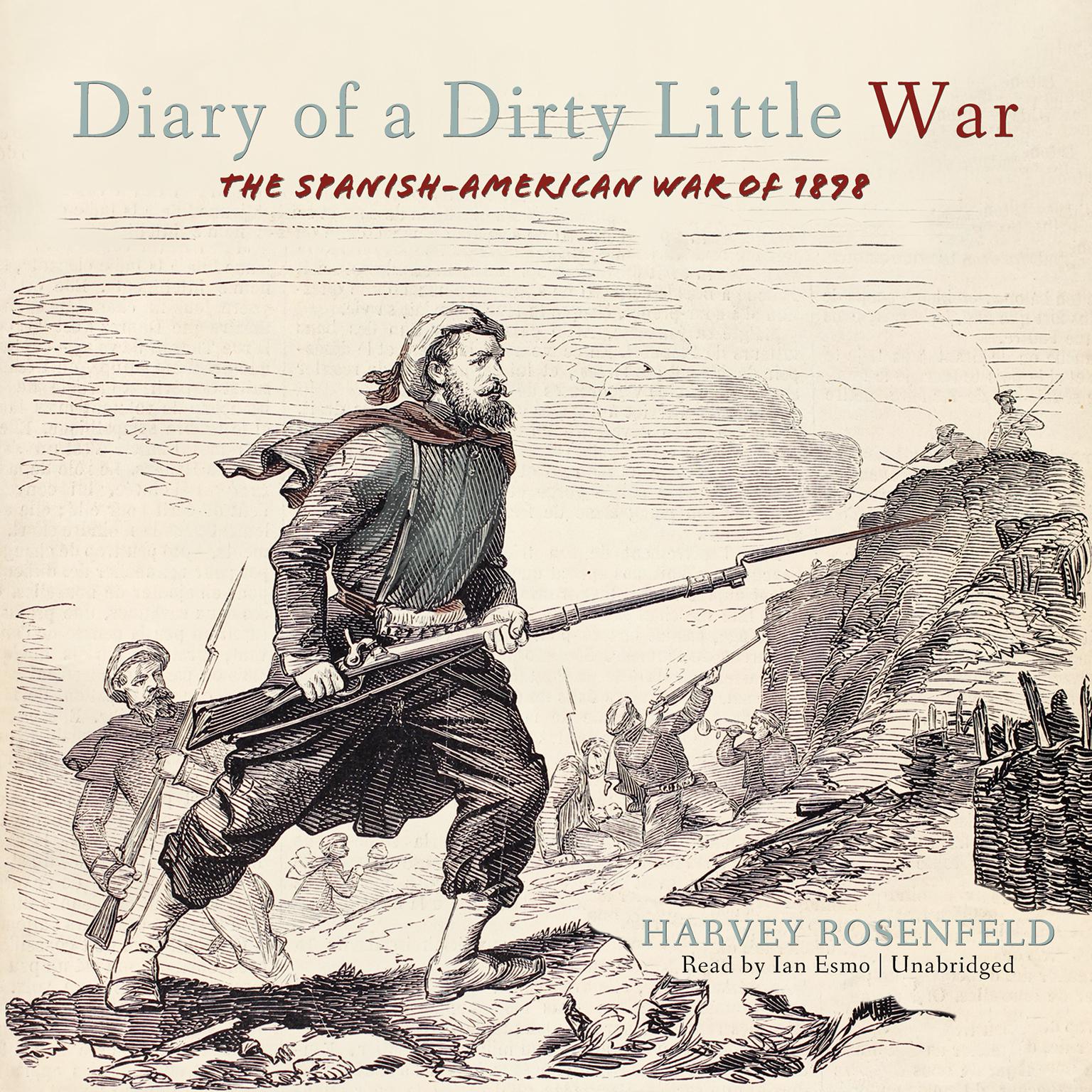Publisher Description
A man-made wonder, a connective network, an economic force, a bringer of blight and sprawl and the possibility of escape—the U.S. interstate system transformed America. The Big Roads presents the surprising history of how we got from dirt tracks to expressways in the space of a single lifetime.
Earl Swift brings to light the visionaries who created these essential highways as well as the critics and citizens who questioned their headlong expansion throughout the country, including:
- Carl Fisher, the irrepressible car-racing entrepreneur who spurred the push for good roads in the early years of the automobile, built the Indianapolis Motor Speedway, and made a fortune creating Miami Beach, only to lose it all;
- Thomas MacDonald, chief among a handful of driven engineers who conceived of the interstates and how they would work, years before President Eisenhower knew the plans existed;
- Lewis Mumford, the critic whose crusade against America’s budding love affair with the automobile—and the ever bigger roads it required—now seems prescient;
- Joe Wiles, an African American family man turned activist, one of thousands of ordinary citizens in dozens of cities who found their homes and communities targeted by the concrete juggernaut—and were unwilling to be uprooted in the name of progress.
In mapping a fascinating route through the dreams, discoveries, and protests that shaped these mighty roads, Swift shows that the interstates embody the wanderlust, grand scale, and conflicting notions of citizenship that define America.
Download and start listening now!
“I loved reading this book about the developing of our highway system. Swift goes into a great deal of depth and breadth of our history of transportation, including bike riding. Bikes became quite the craze and there was nowhere to ride them without a bunch of muck. Then along came cars (after the BIG mess of horse-drawn vehicles) and they had nowhere to go. There were a number of auto manufacturers and gradually quite a number of routes developed by various clubs. From a federal perspective, there were several dedicated and seemingly wise men who did a great amount of research to develop our highways. Their intent was to pay/build only as much as would benefit citizens. They garnered information about economic indicators for each county in the 48 states – agricultural, manufacturing output, mineral yields, and forst production – to determine routes. There were various philosophies of social development, like townless highways (freeways were free of every encroachment except filling stations and restaurants necessary for convenience) and roadless towns (gave us the cul-de-sac). There was much experimentation of road surfaces (that gave us pneumatic tires). If only our government had gone through a part of the research about our healthcare system that was done for our highways! Swift talked about concrete – maybe the pyramids were built from concrete with limestone content – and about the German autobahns; actually our Pershing Map was already developed as to the best way to move about military vehicles. Perhaps the autobahn actually used American technology, since it seemed some of their ideas were similar to those of American engineers’. One other item of interest: German autobahns were for moving quickly to and from the country’s borders and hence were thought to be a reflection of Hitler preparing for war. Our highway system got a lot of flack in the 60’s when they tried to mow down slums to get into cities’ cores. By then the environmental movement had begun and that raised further criticism of auto travel. Great book!”
—
Cathy (5 out of 5 stars)











